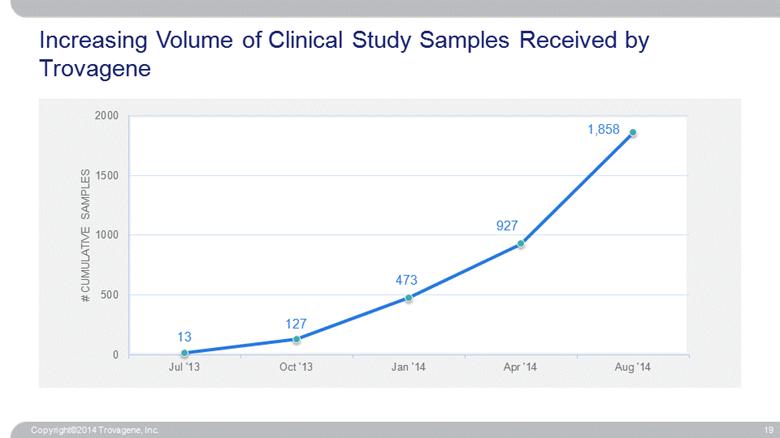Free signup for more
- Track your favorite companies
- Receive email alerts for new filings
- Personalized dashboard of news and more
- Access all data and search results
Filing tables
CRDF similar filings
- 4 Dec 14 Trovagene Announces Presentation of Clinical Data at the 56th Annual American Society of Hematology Meeting
- 20 Nov 14 Trovagene Releases Clinical Study Results for the Detection and Monitoring of KRAS Mutations in Circulating Tumor DNA of Colorectal Cancer Patients
- 6 Nov 14 Trovagene, Inc. Announces Third Quarter 2014 Financial Results
- 3 Oct 14 Regulation FD Disclosure
- 18 Sep 14 Submission of Matters to a Vote of Security Holders
- 20 Aug 14 Trovagene Provides Update on Its Urine-Based HPV Test
- 8 Aug 14 Trovagene, Inc. Announces Second Quarter 2014 Financial Results
Filing view
External links



































